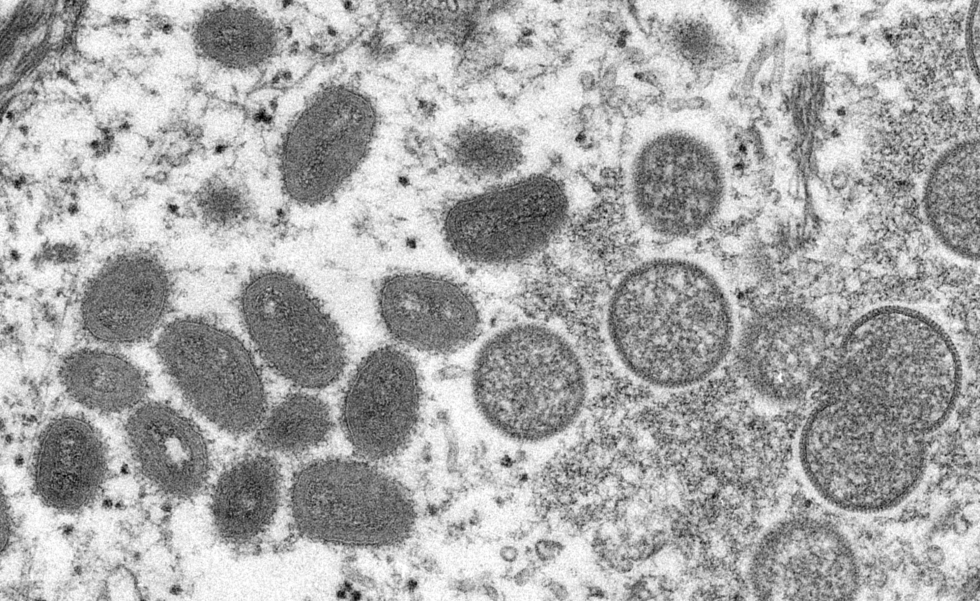
Caption
The current outbreak is unusual because 1,285 cases have confirmed in 28 countries where the disease is not typically found. The disease is considered endemic to certain central and western African areas.
Credit: Cynthia Goldsmith/CDC

